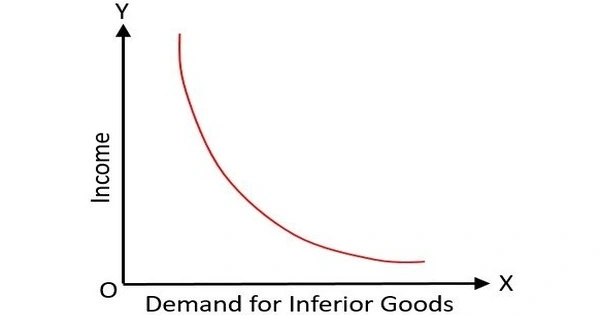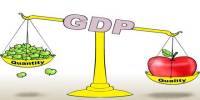An inferior good is a term used in economics to describe a good whose demand decreases as people’s incomes rise. As incomes and the economy improve, consumers begin purchasing more expensive substitutes instead, and these goods fall out of favor.
An inferior good is one that loses popularity as consumers’ incomes rise. While not inferior in quality, an inferior good refers to the level of demand for the good when wages rise or fall. When a person’s wages rise or the economy improves, they purchase fewer inferior goods; when their wages fall or unemployment rises, they purchase more inferior goods.
An inferior good has a negative elasticity of demand and income. This means that changes in income and demand are inversely related. When consumers earn less as a result of economic downturns, they purchase fewer expensive goods and use fewer costly services. In that case, the goods and services become second-rate.
In economics, inferior goods do not refer to inferior goods, but rather to the affordability of the goods. These are the goods whose demand decreases as consumer income rises and vice versa. There are higher-quality alternatives.
This concept can be understood with an example, bidi and cigarettes are two products, which are consumed by the consumers. Suppose both the demand curve of both the products is downward sloping however if the consumer’s income goes up, then they will start buying cigarettes instead of bidi. The main cause of this mindset of customers is that the commodity is deemed to be inferior if there is a fall in its demand when there is a rise in their income, beyond a particular level.
Inferior goods are products that are of lower quality and cost less. They behave differently than ordinary goods because as incomes rise, so does demand for inferior goods. Because inferior goods are usually much cheaper, they are strongly linked to socioeconomic status. The majority of consumers would not consider inferior goods to be a viable alternative. The majority of people choose inferior goods solely for economic reasons.
An inferior good is one that sees a decrease in demand as consumer income rises. In the preceding example, if you lose your job during a recession, you will most likely return to eating at food trucks because you do not want to spend an unnecessary amount of money at a high-end restaurant. In this context, the food truck lunch is an example of an inferior good.
Examples
There are numerous examples of subpar goods. Some of us may be more familiar with some of the everyday substandard goods we encounter, such as instant noodles, hamburgers, canned goods, and frozen dinners. People tend to buy these types of products when they have less money. However, as their incomes rise, they frequently trade these in for more expensive items.
Another good example is coffee. A McDonald’s coffee may be of lower quality than a Starbucks coffee. When a consumer’s income falls, they may switch from their daily Starbucks brew to the less expensive McDonald’s brew. When a consumer’s income rises, they may trade in their McDonald’s coffee for the more expensive Starbucks coffee.
















